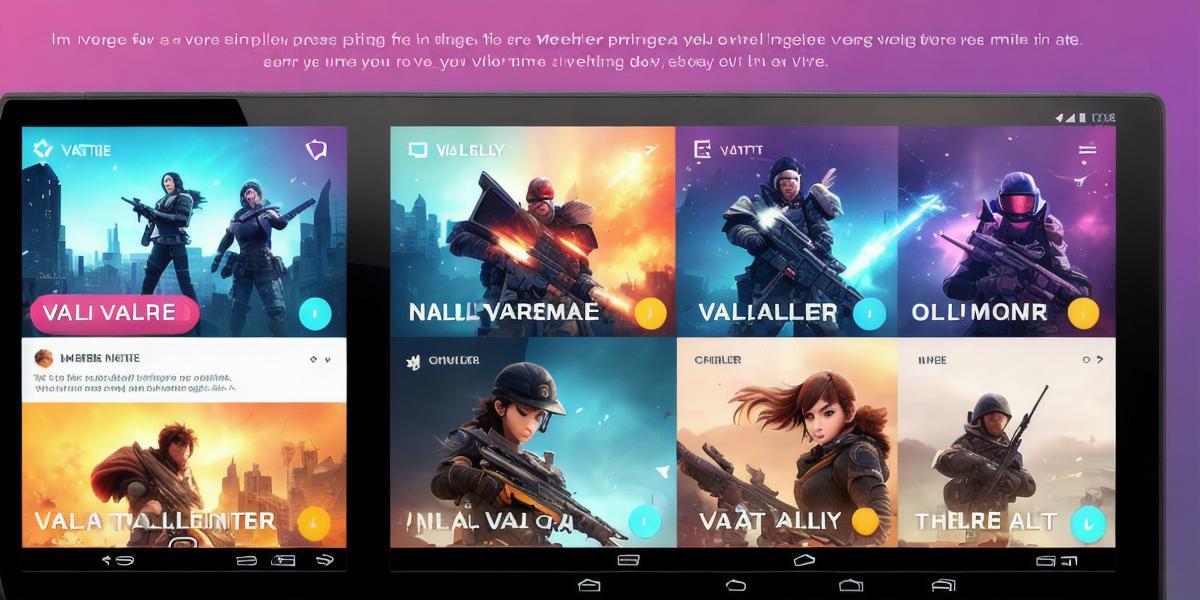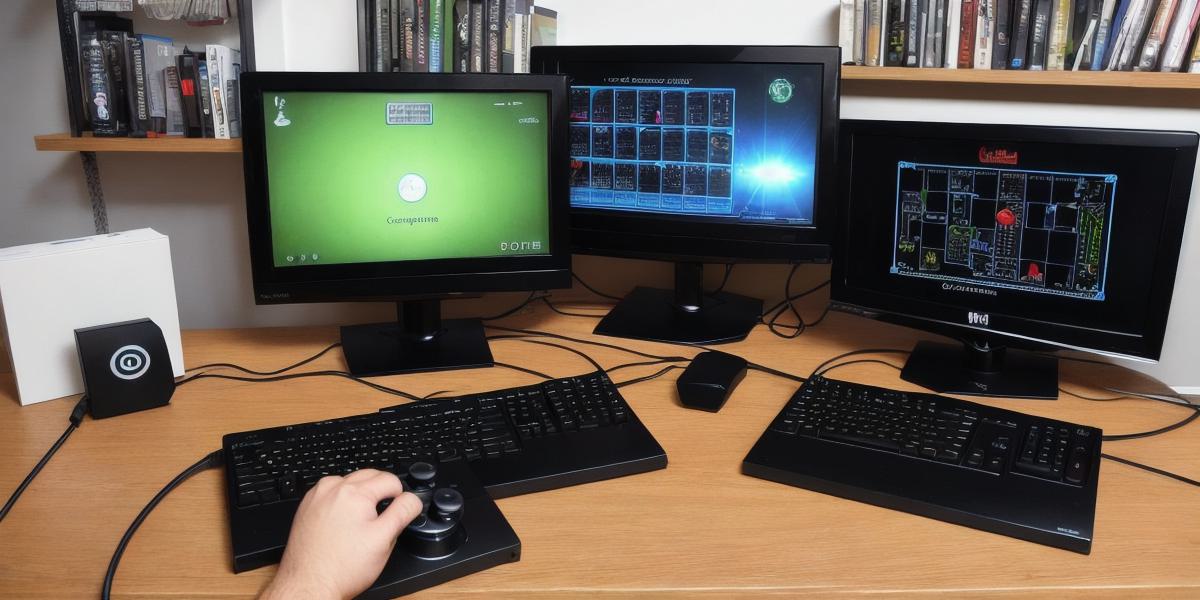Val, also known as Valheim, is a massively multiplayer online game (MMO) developed by Iron Gate Studio. It was released in June 2020 and has quickly gained popularity among gamers due to its unique mix of action, adventure, and survival elements. However, one question that has been raised by many gamers is whether Val is truly free-to-play or not. In this article, we will explore the different aspects of Val’s monetization model and determine whether it is a true free-to-play game.
Val’s Monetization Model: An Overview
Firstly, let’s take a look at the different ways in which Val generates revenue. The primary way that Val earns money is through its premium currency, called "valor." Valor can be purchased using real money and is used to buy various items and features in the game, such as new weapons, armor, and boats. Additionally, Valor can also be earned by completing certain achievements or participating in special events within the game.
Another way that Val earns money is through its season pass system. For a set price, players can purchase access to exclusive content and rewards for each season of the game. These rewards include new items, weapons, and cosmetic skins that are not available to non-season pass holders.
Finally, Val also generates revenue through its in-game advertising system. Players can watch advertisements for other games or products within the game, which earns Val money each time they are viewed.
Is Val Truly Free-to-Play?
Now that we have a better understanding of Val’s monetization model let’s consider whether it is truly free-to-play. While Val does offer some free content and items, the majority of the game’s most powerful and useful features are only available to players who purchase valor or subscribe to the season pass. This means that in order to fully enjoy and progress through the game, players must spend real money.
Furthermore, the fact that Val earns a significant portion of its revenue from its premium currency and season pass system suggests that it is not entirely free-to-play. While players can still enjoy the game without spending any money, they will likely be at a disadvantage compared to those who do spend money.
Real-Life Examples
To further illustrate this point, let’s take a look at some real-life examples of players who have tried to progress through Val without spending any money. One player reported that it took them over six months to acquire enough valor to buy the most powerful weapons in the game, which made it nearly impossible for them to compete with other players who had spent money on premium currency or season passes.
Another player reported that they were unable to participate in certain events and challenges within the game because they did not have access to exclusive items and rewards that were only available through the season pass system. This meant that they were effectively locked out of certain parts of the game, making it difficult for them to fully enjoy and progress through it.
Expert Opinions
Finally, let’s hear from some experts in the gaming industry to see what they have to say about Val’s monetization model. One expert stated that while Val does offer some free content and items, the majority of its most powerful features are only available through premium currency or season passes. This, they argued, effectively makes Val a pay-to-win game, rather than a true free-to-play experience.
Another expert argued that Val’s monetization model is designed to create a sense of urgency and pressure on players to spend money in order to keep up with the competition. This, they suggested, could ultimately lead to players feeling frustrated or burned out if they are unable to progress through the game without spending money.



